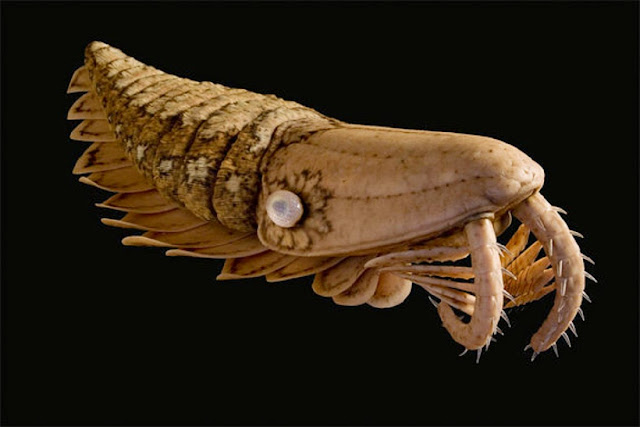Back to Main Page
Map of Camotes Islands
 |
| Municipal Hall of San Francisco. |
 |
| Poro Town Hall |
 |
| Tudela Town Hall |
 |
| Pilar.Town Hall |
The islands were first mentioned by Antonio Pigafetta, one of the survivors on Ferdinand Magellan's fateful voyage, as they waited off the islands for several days before going on to Cebu in the first week of April 1521:
De mazaua agatighan sonno vinti leghe partendone de gatighan al ponente il re de mazaua no ne puote seguir por che lo espectassemo circa tres ysolle cioe polo ticobon et pozon.
There is a distance of twenty leguas from Mazaua to Gatighan. We set out westward from Gatighan, but the king could not follow us [closely] and consequently we awaited him near three islands, namely Polo, Ticobon and Pozon.
Writing in 1582, Miguel de Loarca stated
ysla de Camotes Por la pte del leste de la ysla de çubu esten dos ysletas pequeñas qe ternan de box cada vna çinco leguas que llaman ysletas de camotes ternan entrambas como treçientos yndios son proprios de la çiudad de çubu es gte pobre aunqe tienen alguna çera, y muçho Pescado son las poblaçones pequeñas de siete y a ocho casas estan apartadas de la ysla de çubu como tres leguas y siete de la çiudad—
Island of Camotes. East of the island of Çubu are two small islets, each about five leagues in circumference. They are called the islets of Camotes. The two are inhabited by about three hundred Indians, and are under the jurisdiction of the city of Çubu. The people are poor, although they possess some wax and a great quantity of fish. The villages are small, consisting of only seven or eight houses each. These islets are about three leagues from the island of Çubu, and seven from the city of that name.
He also wrote:
"todos son de vna manera tienen tambien gallinas y puercos y algunas cabras frisoles y vnas Rayçes como batatas de sancto domingo qe llaman camotes
All are provided with fowls, swine, a few goats, beans, and a kind of root resembling the potatoes of Sancto Domingo, called by the natives camotes."
Modern Time
In 1942, Imperial Japanese troops occupied the Camotes Islands at the beginning of the Second World War. In 1945, Japanese soldiers massacred almost all of the inhabitants in Pilar, which led to a war crimes trial.[citation needed] The liberation of the islands happened soon after the massacre, when Philippine and American soldiers landed and fought the remaining Japanese soldiers in the Battle of Camotes Islands.


































